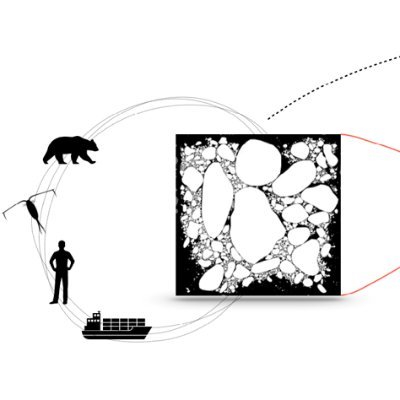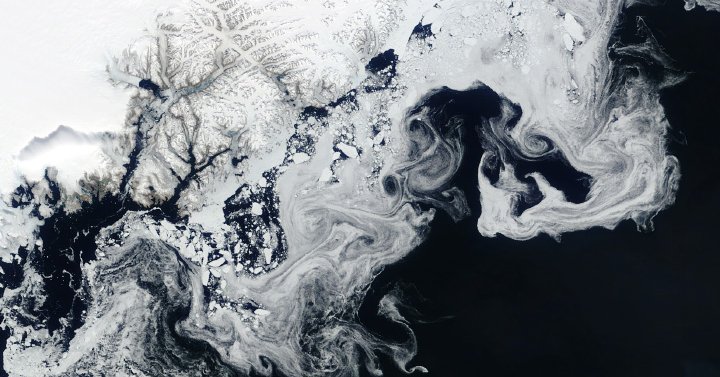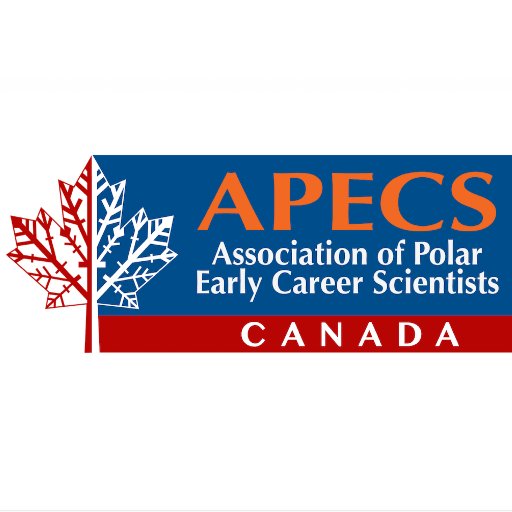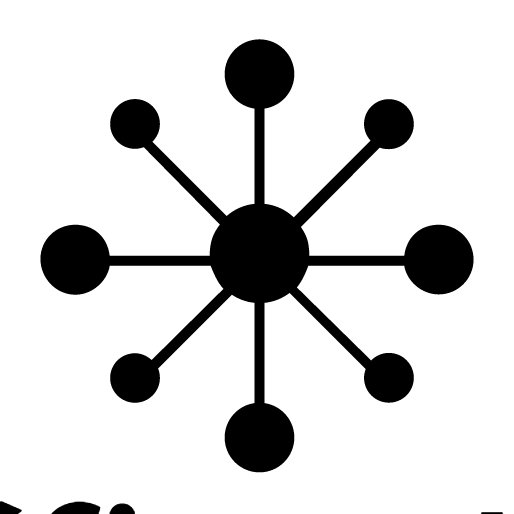
Samuel Brenner
@SamuelDBrenner
Followers
248
Following
2K
Media
5
Statuses
105
Postdoc studying sea ice-ocean interactions. I don't use or post on this platform anymore; find me on 🦋 instead: @sdbrenner.bsky.social
Seattle, WA
Joined March 2018
PRFluids Editors' Suggestion: Featured in @PhysicsMagazine today, Saddier et al.'s lab-scale model provides a testing ground for studying the breakup of ice sheets or of other thin solids floating on the surface of a fluid. More @ https://t.co/fObBZGrAM4 & https://t.co/JiYS8voHaT
0
23
92
Polar cyclones, intense atmospheric low-pressure systems, are responsible for the Arctic Ocean’s most extreme weather events and can have a profound impact on sea ice. Data: ERA-5. Animation: @oyvindocean Read more: https://t.co/B3zmoz7IxH
3
2
2
A new paper by Blanchard-Wrigglesworth, @SamuelDBrenner, @OyvindOcean and others explores the modelled and observed response of the ice and ocean to the January 2022 cyclone:
agupubs.onlinelibrary.wiley.com
An Argo float showed cooling and mixing in the Barents Sea during a record Arctic cyclone, accounting for the associated record sea ice loss A coupled GCM with winds nudged to observations shows ...
0
1
3
academia is so brutal to ECRs. my current job ends this month & my email is vanishing that same day, which is causing havoc with the journal portals where Ive got articles submitted / accepted / in production. mayb Im naive, but is it rlly that hard to give us a few months grace?
95
147
2K
SASIP September newsletter is out: Amazing new articles by @SamuelDBrenner, @PierreRampal and more ! Check it out 👉 https://t.co/DcDHxXTh9Y 💫subscribe and stay updated : https://t.co/4m2BCoetmP
0
3
6
Discussion open for comments on @EgUsphere: National Weather Service Alaska Sea Ice Program: Gridded ice concentration maps for the Alaskan Arctic
0
1
2
Very beautiful sat image of sea ice on the east Greenland coast "Sea Ice Takes a Spin Down the Coast"
earthobservatory.nasa.gov
Ice fragments from Greenland and the Arctic form elaborate swirls as they are swept south.
0
1
11
📢We are looking for a highly motivated postdoctoral researcher with an interest in #IceOcean and #IceAtmosphere interactions! 🌍The position will be based at CECI/CERFACS (@CerfacsOfficial) in Toulouse, France. More information and application deadline:
0
6
7
SASIP June newsletter is out! ✨ This month, many new articles and preprints! Catch up on the latest news: https://t.co/dBIPMwpwDq Subscribe and stay updated 👉 https://t.co/4m2BCof1cn
@PierreRampal @cymjiong @tobias_finn
#SeaIce #nextSIM-DG
0
2
2
Delighted to announce that a great new article led by Anna Lo Piccolo on "Energetics and Transfer of Submesoscale Brine Driven Eddies at a #SeaIce Edge" has been published in #JPhysOceanogr! 👉 https://t.co/Upco3Djkm8
0
3
3
Opportunity for 🇬🇧or 🇨🇦 Early Career Researchers to join a 3-4 day expedition onboard an ice capable ship. 🚢🌊 For more information, please visit: https://t.co/BPD1vVbTce Application deadline: June 7, 2024
1
12
10
Applying to STEM grad programs? Know someone who is? 🎓 Sign ups are ✨OPEN✨ for #GSMI2024!🤩 The GSMI program supports applicants from minoritized backgrounds through 1-on-1 mentorship, fee waivers, & more! Applications due 6/1 https://t.co/S9ip6C0tgj MORE INFO in 🧵 1/
2
134
150
Very pleased to see some of my work at @UVicGeog published - we analyze the relationship between RCM SAR backscatter and sea ice roughness & height in the Canadian Arctic. We then present a preliminary RCM sea ice roughness model. https://t.co/TrZH2VJnFx
0
3
9
New SASIP #PhDposition on phase field #seaicemodelling at @ISTerre_fr in Grenoble, France. Become part of an exciting international project to develop an innovative sea ice model for #climateresearch ! @PierreRampal application deadline is Feb 8 👉 https://t.co/IOaMPAD4RJ
0
5
5
SASIP February newsletter is out ! 📰 👉 https://t.co/finWXOyPpI Subscribe: https://t.co/4m2BCoetmP
@MHell @SamuelDBrenner @PierreRampal @tobias_finn @SimonDriscoll_
#seaice #neXtSIM #climateresearch #arctic
0
1
6
In this awesome new article, @MHell and Chris Horvat develop methods to separate the two-dimensional surface wave spectra from #seaice height observations made by the ICESat-2 (IS2) laser altimeter, a polar-orbiting satellite. 🛰️ https://t.co/BMY6fseaHQ
tc.copernicus.org
Abstract. Sea ice is important for Earth's energy budget as it influences surface albedo and air–sea fluxes in polar regions. On its margins, waves heavily impact sea ice. Routine and repeat observ...
0
5
14
Fractals: the scale gets smaller but the design stays the same. They’re found everywhere, from galaxies to snowflakes. But for the scale we work at they commonly show up as river deltas, canyons, and icebergs. Here’s an Antarctic fractal with an ice-breaking ship for scale.
2
14
81
Women leave academia at higher rates than men at every career stage, and attrition is especially high among three groups: tenured faculty, women in non-STEM fields, and women employed at less prestigious institutions, a @ScienceAdvances analysis finds. https://t.co/4BEHgtawnC
17
392
752
In 2014, @USNavyResearch collected data in the Beaufort Sea to understand the physics behind sea ice breakup and melt in and around the sea ice edge. Our NOAA@NSIDC program manages the Marginal Ice Zone 2014 Field Campaign V1 data set from this initiative. https://t.co/0O3OJ7vdfc
0
2
4
Amazing work by @SamuelDBrenner and his team ! Using a sea ice discrete element model, they investigate how floe collisions and the relative scales of ocean variance jointly impact ice-ocean coupling and contribute to the generation of turbulence in the ice-ocean boundary layer
For anyone interested in this research but not able to catch my talk at #AGU23, our paper was just published in @theAGU Geophysical Research Letters: https://t.co/Fx0JJDRdiO In it, we explore how the combo of floe collisions and ocean variance contribute to IOBL turbulence
0
2
5















